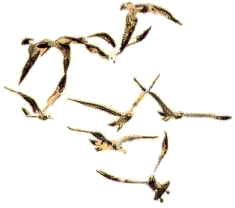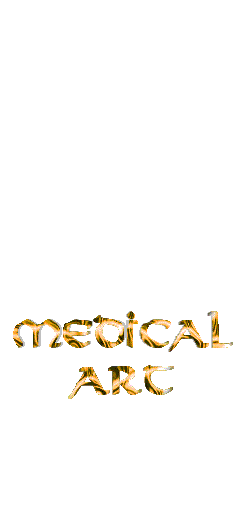Extraneous information for the idly
and morbidly curious ...
Know that support groups are available.
Oh, about me. Well, it started slow... and didn't deviate! .
After an early life dedicated to dereliction and drifting (the squandered youth of saga), I found out that I like education, so I collected a few degrees.
After attending night classes while working full-time and commuting by bus to Denver and back to Boulder each day, sometime in my late thirties I finally copped the bachelor of art.
That was fun, so more seemed like a good idea. I would be immersing myself in psychology Theoretically, of course. , a subject I enjoy, and enhancing my chances of future work. I would be exercising my flaccid mind. And, most importantly, leaving for graduate school would afford me (not in any financial sense, of course) a way out of my despised work at the law farm.
So away to Fort Collins I moved, in pursuit of the elusive and eventually obtained piece-of-doctor-paper.
But not before a hiatus. In the midst of psychology I took a leave of absence, joining the Department of Anatomy and earning a graduate degree in anatomy, specialization
medical illustration and communications.
I trained
in biomedical illustration at Colorado State University, which at
the time offered one of six graduate courses in medical illustration
available in the country. While I was a student in
the program, it became officially accredited by the American Medical
Association. This was the only accreditation to be granted
a graduate program in medical illustration in 33 years.
My class consisted of three
students counting myself. We did enjoy one-on-one attention and teaching by biomedical illustrators muy importante y famoso. I had
classes in disorders of the human brain, forensic anthropology,
neuroscience, and gross human anatomy (not the movie), in addition
to the art and publishing courses you might expect as part of such
a program. During and after the program I worked with a
cancer researcher at the CSU College of Veterinary Medicine, Greg
Ogilvie.
Dr. Ogilvie, who frequently speaks to professional
and lay audiences around the world, needed a way to convey to his
audiences, quickly and vividly, the arcane molecular processes with
which he worked. I began creating what we called
visual analogies, a method of metaphorical communication
through art that became my graduate thesis.
Unfortunately, a graduate
program consisting of three students is difficult to justify financially.
CSU terminated the biomedical illustration program just three years
after it had been accredited and one year after I obtained the
degree, and as of 1999 the number of schools offering such a graduate program
in this country was down to five.
There. Wasn't that illuminating?


